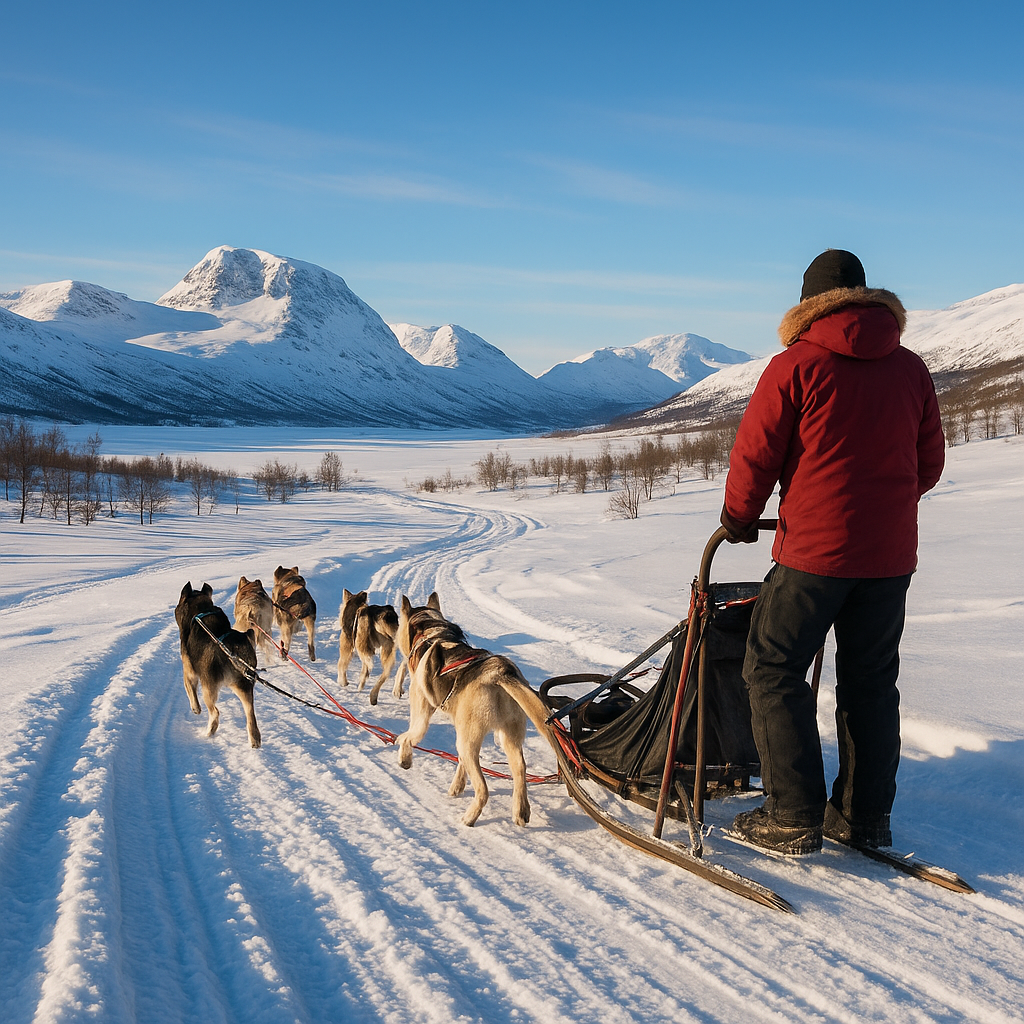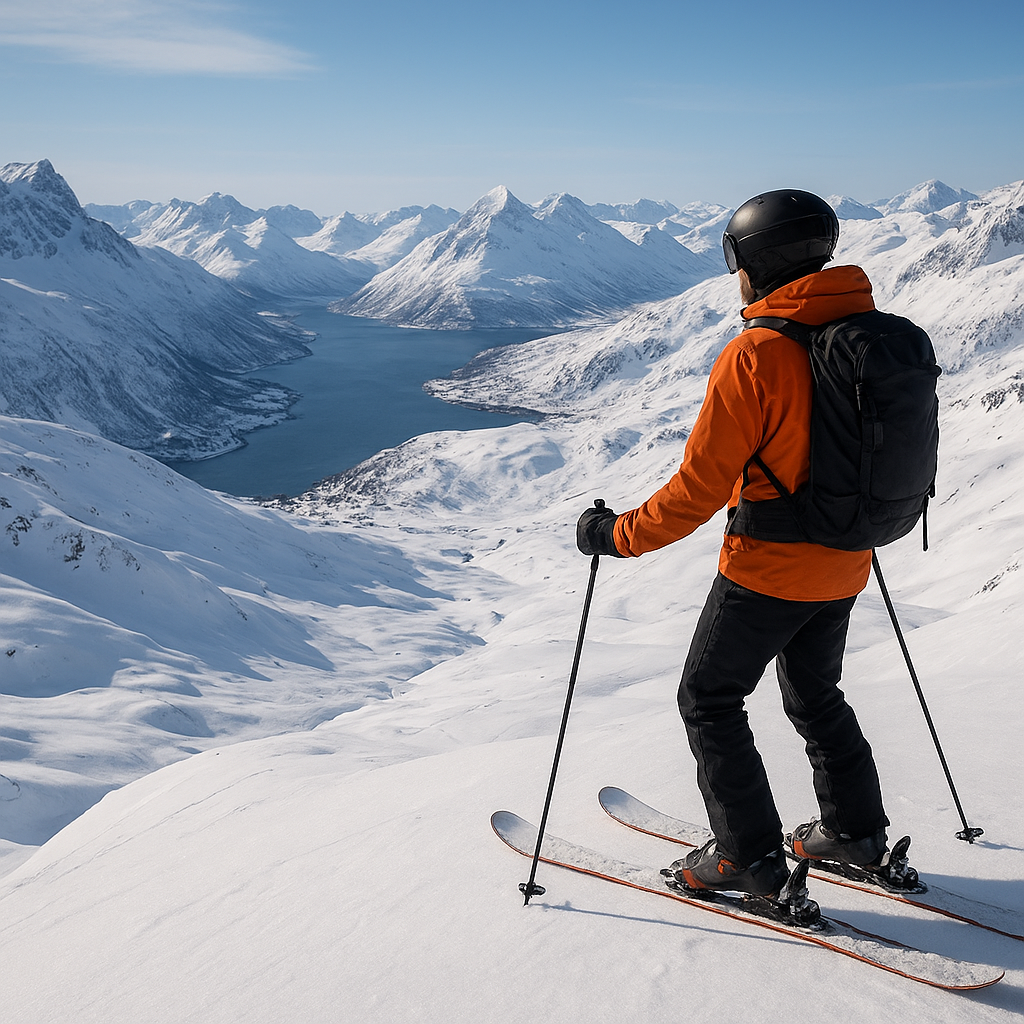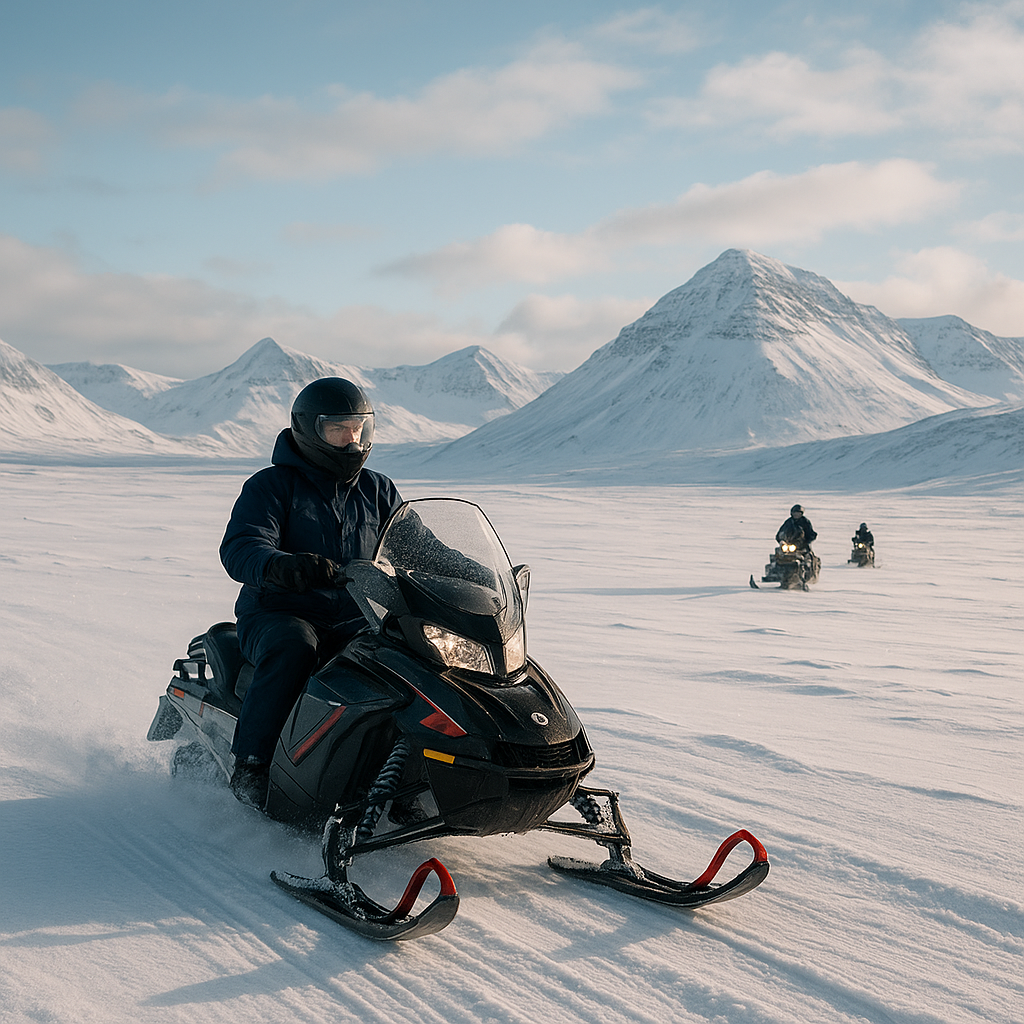
When winter cloaks the northern hemisphere in a blanket of snow, countless enthusiasts seek the ultimate adventure amid icy terrain. From carving fresh tracks on powder slopes to mushing a team of eager huskies across pristine tundra, winter sports offer an unparalleled blend of excitement, challenge, and communion with nature. Norway, famed for its dramatic fjords and Arctic wilderness, stands out as a playground for cold-weather pursuits. This article delves into the world of winter sports, highlights top dog sledding destinations in Norway, and provides essential insights for planning your next icy escapade.
Popular Winter Sports to Explore
Across the snowbound regions of Scandinavia and beyond, a wealth of activities caters to both beginners and seasoned athletes. Each sport demands unique skills but shares a common thread: a passion for the outdoors and the thrill of gliding over frozen landscapes.
- Alpine Skiing: Traditional downhill runs with groomed pistes, ski lifts, and challenging black diamond trails.
- Cross-Country Skiing: Endurance-driven tours through forests and open plains, relying on efficient gliding technique.
- Snowboarding: Freestyle jumps, half-pipes, and backcountry powder runs that reward daring riders.
- Ice Climbing: Scaling frozen waterfalls and ice walls with specialized axes and crampons.
- Snowmobiling: High-speed exploration across vast snowfields for those craving an adrenaline surge.
- Dog Sledding: Harnessing the power of huskies to traverse Arctic valleys in serene silence.
Dog Sledding in Norway’s Arctic Realms
Norway’s extreme northern territories offer some of the most scenic and authentic dog sledding experiences worldwide. Whether under the dancing glow of the aurora borealis or beneath a crystal blue sky, these expeditions showcase breathtaking landscape and deep cultural heritage.
Tromsø and the Lyngen Alps
Just a short flight above the Arctic Circle, Tromsø serves as a gateway to snow-covered peaks and remote wilderness camps. Mushers lead teams of spirited huskies through forests cloaked in white, pausing to sip hot drinks by crackling fires. Guided tours range from half‐day excursions to multi‐day wilderness treks, complete with overnight stays in traditional lavvu tents. The region’s well-established infrastructure and experienced guides ensure both comfort and authenticity.
Lofoten Islands
Famous for its rugged coastline and dramatic mountains, the Lofoten archipelago adds a maritime dimension to dog sledding. After traversing fjord-lined valleys, participants may sail on a RIB boat to observe sea eagles or even witness early winter northern lights. The combination of mountain and sea creates a unique backdrop, blending shoreline vistas with snow-packed trails.
Finnmark Plateau
For true isolation, the Finnmark Plateau offers endless expanses of tundra. This territory demands greater endurance and self-sufficiency, making it ideal for adventurers who relish multi-day expeditions. Solitary cabins dot the route, providing simple shelter while allowing you to absorb the profound silence of the Arctic night.
Svalbard Archipelago
Farther north, Svalbard’s high-Arctic climate yields epic dog sledding under perpetual twilight in winter months. Due to polar bear presence, expeditions here include mandatory safety briefings, rifle permits for the guides, and extra layers of protective clothing. Yet, the reward is an otherworldly panorama of glaciers, frozen fjords, and tundra wildlife.
Essential Gear and Safety Measures
Regardless of your chosen winter sport, proper preparation is critical. Layering with moisture-wicking fabrics and windproof outer shells keeps you warm and dry, while specialized footwear prevents frostbite on long tours. Below is a checklist of must-have items:
- Equipment: High-quality skis or snowboard, poles, harnesses for ice climbing, and sled dog harness sets.
- Clothing Layers: Thermal base layers, insulating mid-layers (fleece or down), and waterproof shells.
- Footwear: Insulated boots, gaiters to keep snow out, and traction devices (crampons, ski skins).
- Headgear: Helmet for downhill sports, warm hat or balaclava for mushing.
- Gloves and Socks: Moisture-wicking, insulated, and windproof varieties.
- Safety Tools: Avalanche beacon, probe, shovel for backcountry ski tours.
- Navigation: GPS device, map, and compass; always carry backup batteries.
- First-Aid Kit: Include blister treatment supplies and emergency thermal blanket.
Understanding weather forecasts and snowpack conditions is also vital. Avalanche risk assessments and local bulletins inform route choices, while training in rescue techniques boosts confidence. Partnering with certified guides ensures expert supervision and enhances overall technique development.
Preparing for Your Arctic Adventure
Physical preparation and logistical planning determine the success of any winter journey. Begin a fitness regimen focusing on cardiovascular exercises and strength training to handle long hours on skis or sleds. Practicing basic ski turns or snowshoeing in local winter conditions familiarizes you with balance and stamina demands.
- Booking Early: Peak season dates in January and February fill quickly, so secure your spot months in advance.
- Insurance: Opt for travel policies covering rescue operations, medical evacuation, and trip cancellation.
- Permits and Regulations: Verify necessary regional permissions for national parks or protected areas.
- Local Customs: Learn key phrases in Norwegian or Sami languages, and respect wildlife protection guidelines.
- Nutrition: High-energy snacks and hydration systems prevent fatigue and hypothermia risks.
Engaging with local tour operators provides route options tailored to fitness levels and desired intensity. Whether you seek a leisurely dog sled ride under moonlight or an endurance-testing marathon day on cross-country skis, professional outfits craft experiences that balance safety and exhilaration.
Embracing Regional Culture and Sustainability
Winter sports in Norway intertwine with centuries-old traditions and ecological stewardship. Visiting reindeer herding communities offers insight into sustainable living on the tundra. Sampling hearty cuisine—reindeer stew, dried fish, cloudberries—connects you with the local palate and farmland resilience.
Many operators implement eco-friendly practices: using renewable energy in camps, minimizing waste, and supporting conservation projects. Participating in citizen science initiatives, such as wildlife counts or snow depth monitoring, transforms your trip into a meaningful contribution toward preserving these fragile ecosystems.
- Community Engagement: Attend storytelling sessions in Sami tents, learning folklore passed down through generations.
- Eco-Accommodations: Choose lodges powered by hydroelectric plants or heated by biofuel systems.
- Carbon Offsetting: Invest in reforestation projects or local renewable energy ventures to balance travel emissions.
Diving into the cultural tapestry amplifies the sense of discovery beyond the physical challenge. As snowflakes drift and huskies breathe in rhythm, you forge memories that endure far beyond the final descent or finish line.

